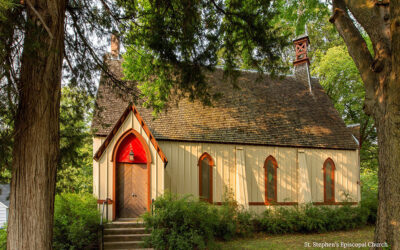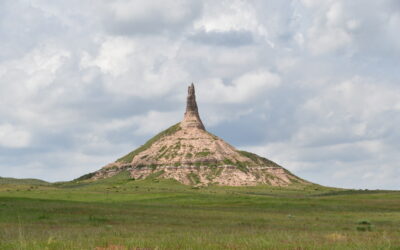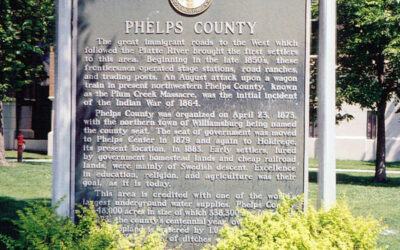During the Great Depression of the 1930s, Nebraskans became accustomed to living under trying conditions. People had to cope not only with hard economic times, but with the drought and dust storms that accompanied them. Sharing and “making do” became a way of life.
The relentless heat was remembered by Ila Christensen of York, formerly of Grand Island: “Many people slept on their porches or lawns. If you were outside early in the morning, you would see them picking up their mattresses and pillows, trying to get indoors before the neighbors saw them. To cool the house at night, we would hose down the sides of the house after the sun went down. No one in our neighborhood went to bed before midnight. Instead of sitting on their porches as they formerly had, everyone took chairs and sat on their lawns. All who could slept in the afternoon.
“In the summer of 1939 I took a trip to the eastern part of the state. As soon as the bus got close to Fremont, it was as if I were in another world. The corn was so tall and green, and there was green grass. When I returned, I felt as though I was in a desert.”
Mrs. Medford James, Nebraska City, and her husband were a young married couple with four small children, trying to farm on the Missouri River bottom in northeastern Otoe County. She remembered farm failures during the Depression: “People who had been renting could not meet their rent and had to go out and look for other ways and means to have a place to live. A few settled for a cave. A good number settled on building any sort of shelter. There happened to be more woodland than there is now and some cut and hewed logs and laid them up into log houses.
“Some even went in for houses made of board and tin on the outside, finished with cardboard walls on the inside. In order to get the tin most of them saved their tin cans, cut them open at the ends, cut them open down one side and gently hammered them out smooth and straight. They used fruit crates, wooden boxes or discarded lumber of any kind. After getting the outside walls up and the sheeting on the roof, they tacked or nailed the tin on by overlapping the ends much like putting on shingles.”
A few had happier memories of a time when youth and its attendant optimism enabled them to adapt successfully to hardship. Mrs. Eleanor H. Brown of Ceresco recalled: “I taught a rural school during the 30’s. My salary of $45 to $75 was a fortune compared to what some people had in cash. So children could have something hot with their sandwiches on cold days, I suggested they bring some milk, cocoa, soup or leftover food from supper in a jar for their lunch the next day. In Pleasant Valley School, District 34 of Lancaster County, we were fortunate to have a coal furnace. The children would put their jars on top of the furnace when they came in the morning. By noon their food was piping hot.”



